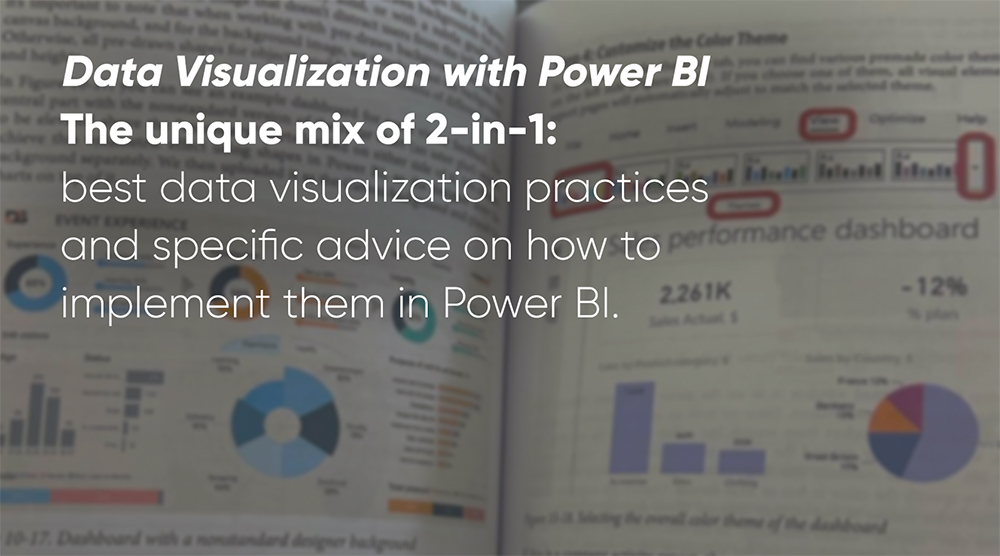Alex Kolokolov’s entrepreneurial journey began nine years ago, born from unexpected circumstances. After being let go from his role at a major IT company, with a two-year-old and a newborn at home, he faced the challenge of starting over. The foundation was laid three years earlier during his time as a Team Lead at a prominent IT firm.
His focus back then was implementing enterprise analytics solutions from IBM and Microsoft. However, his passion extended beyond the technical aspects—Alex was captivated by design, particularly the art of transforming raw data into striking visual infographics. While competitors showcased the power of their software, he focused on helping businesses harness dashboards and data visualization to reveal hidden insights.
“I started teaching people how to build dashboards and use infographics in business,” Kolokolov recalls. By adapting enterprise techniques from business intelligence tools like Tableau and Qlik into accessible formats such as Excel, he quickly attracted a wide audience eager to implement similar strategies within their small and medium businesses.
In 2015, Alex Kolokolov embarked on a solo journey. With no product or team, just a reservoir of experience, he transitioned into a business trainer. What began with a simple landing page and social media posts quickly grew, with workshops selling out and corporate inquiries pouring in. Clients continued to return with new projects, prompting Alex to “assemble” his own company, hire analysts, and solve real-world problems hands-on.
From Career Milestones to Authors Desk
More clients started approaching Alex Kolokolov for help setting up sales, HR, and marketing reports, and the demand for his expertise grew. With projects increasing, he expanded his team to manage the workload.
According to Alex, one day someone asked him, why didn’t he write a book. He remembers thinking, “I’m not a writer – I don’t know how to put wise thoughts on paper. But they told me, ‘Just explain the technical stuff in simple language, that’s all.‘”
Seriously considering the advice, Kolokolov had gathered all the created guides, checklists, and practical examples, and wrote his first book five years ago in 2019. In October 2024, his newest book “Data Visualization with Power BI” was released, which contains the unique mix of 2-in-1: best data visualization practices and specific advice on how to implement them in Power BI.
Inside The Book – A Game-Changer for Data Visualization

Alex’s most recent publication bridges a crucial gap in the market. While numerous books discuss data visualization from a design perspective and others cover Power BI’s technical aspects, few connect the two.
“There are plenty of guides on how to tweak chart settings, but none explain the practical design choices necessary for business reports,” the author emphasizes. His book introduces best practices for creating visually engaging, actionable dashboards that adhere to international standards.
Published by O’Reilly Media, the book has already been hailed as a must-have resource for analysts and executives alike. The strategic blend of design and data empowers readers to build dashboards that not only look good but drive meaningful decisions. For those seeking to enhance their reporting skills, Kolokolov’s latest book “Data Visualization with Microsoft Power BI” offers the insights necessary to succeed.
How Every Manager and Entrepreneur Can Benefit With This Book
Alex Kolokolov’s book isn’t just for data scientists. It caters to managers, sales professionals, and executives who interact with analytics but may not have technical expertise.
The book walks readers through the essentials of building interactive presentations with Power BI, ensuring that even the most basic users can create compelling dashboards.
For seasoned analysts, Kolokolov includes advanced tips that save time and prevent the need for constant revisions. Whether creating presentations or internal reports, the book serves as a practical reference, offering templates and guides that streamline the entire visualization process.
Alex summarizes, “”I want to share the best data visualization practices so that everyone in a business—executives, managers, and teams—can feel confident that they can build efficient dashboards from scratch. By following examples that meet international standards and infographic principles, they’ll be able to make critical management decisions based on visualized data.”






